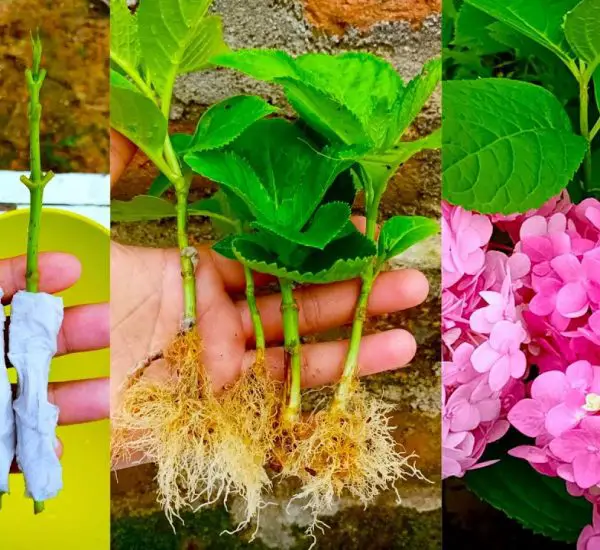Creating a garden inside your home is not a difficult task. You can achieve it by creating a small vertical garden to house your aromatic herbs.
By utilizing the art of recycling, you can undoubtedly create a project that is different from the usual but extremely functional. Creating a vertical garden with your aromatic herbs not only allows you to season your dishes but also helps keep away animals like ants, cockroaches, and insects. In short, undertaking such a project will bring you significant benefits from all perspectives.
However, to succeed, keep in mind that you need to use specific soil such as black peat, blonde peat, or clay. Additionally, maintaining a good level of moisture and aeration will aid in the sowing and cultivation of your plants.
Continue reading and get inspired by the ideas below.
Vertical Garden: Arrange Your Aromatic Herbs with DIY and Recycling
Creating a perfect vertical garden for your herbs doesn’t require anything complicated. It will be a wonderful creative and manual endeavor.
The first thing you need to do is visit your trusted nursery and get all the aromatic herbs you desire. Among the aromatic herbs you can choose from are:
- Basil
- Lemongrass
- Marjoram
- Mint
- Oregano
- Parsley
- Rosemary
- Thyme
With these herbs, you can prepare all the infusions and decoctions you prefer.
Once you’ve chosen the right plants for you, you need to gather clay pots of different sizes to create your vertical garden. You can arrange the pots from the largest to the smallest in the same way as shown in the photo below.
The tools you need to use for creating the garden are as follows:
- Soil
- 1 washer
- 1 threaded rod
- 4 or 5 nuts depending on the number of pots you want to stack
- Adhesive chalkboard labels
- 1 drill
- Marker
- 1 clay saucer for the base
Below, you can find a video tutorial useful for creating a zigzag structure. If you prefer a simpler structure, you don’t need to use any bolts. The only tool you need is a simple wooden stick that you must fix in the soil of the first pot that makes up the structure.




